In the rapidly evolving landscape of the financial markets, the emergence and integration of Artificial Intelligence (AI) in trading have ushered in a new era of high-speed and high-efficiency trading.
AI trading bots, which stand at the forefront of this technological revolution, have not only transformed the dynamics of trading but have also introduced a new aspect for investors and traders to consider: the cost of implementing these advanced technological tools.
This article delves deeply into the diverse trade bot, pricing structures and factors influencing the cost of AI trading bots, providing a detailed and nuanced understanding for those considering their use in the financial realm.
What are AI Trading Bots?
AI trading bots are advanced software systems that leverage artificial intelligence to analyze market data, make trading decisions, and execute trades.
These bots, which have evolved from simple algorithmic models to complex systems incorporating machine learning and predictive analytics, are designed to identify market trends, execute trades at optimal times, and adapt to fluctuating market conditions far more quickly than human traders.
The journey from their nascent stage in algorithmic trading to today’s sophisticated models illustrates a significant technological leap in financial trading methodologies.
Factors Influencing the Cost of AI Trading Bots
Several key factors play a pivotal role in determining the cost of AI trading bots:
- Complexity of the Algorithm: The sophistication of the AI algorithm is a primary factor. More complex algorithms, capable of analyzing larger and more varied datasets and making more nuanced trading decisions, typically come with a higher price tag.
- Data Sources and Quality: The effectiveness of an AI trading bot is heavily reliant on the quality and timeliness of the market data it processes. Access to premium, real-time data sources can significantly increase the cost.
- Customization and Scalability: Customization to fit specific trading strategies or adaptability to different market sectors adds to the development and implementation costs.
- Regulatory Compliance and Security Features: Ensuring that the trading bots adhere to the financial market regulations and are equipped with state-of-the-art security measures is essential but also adds to the overall cost.
Pricing Models for AI Trading Bots
The pricing structures for AI trading bots are varied, reflecting the diverse needs of their users, ranging from individual investors to large financial institutions:
- Subscription-Based Models: A prevalent pricing model, especially for individual and retail traders, involves a recurring subscription fee. This fee may vary widely based on the bot’s capabilities and the level of access to market data.
- One-Time Purchase Cost: Some bots are available for a one-time purchase. This upfront cost often comes with additional charges for regular updates, technical support, or premium features.
- Custom Development Costs: Institutional traders often require custom-built solutions, which involve significantly higher costs. These costs not only include the initial development but also ongoing maintenance, customization, and support fees.
Case Studies: Cost Analysis of Popular AI Trading Bots
Examining several leading AI trading bots in the market offers a clearer picture of the cost spectrum:
- Bot A: This bot, favored by retail traders, offers a subscription model at approximately $100 per month. It features a range of standard trading strategies and limited customization options.
- Bot B: Targeting more experienced traders, this bot demands a one-time fee of around $2,000, with an additional annual maintenance fee of $200. It boasts extensive customization capabilities and sophisticated data analytics tools.
- Bot C: Designed for institutional trading, this bot involves costs starting at about $50,000. This includes custom development tailored to specific institutional needs, along with ongoing support and data services.
While evaluating these bots, it’s crucial to consider their performance and potential return on investment, as higher costs often correlate with more advanced features and potential for higher returns, albeit accompanied by increased risk.
Additional Costs and Considerations
In addition to the direct acquisition costs, several indirect costs should be factored in:
- Training and Support Costs: Adequate training for users to effectively utilize these AI bots and continuous support can incur significant additional expenses.
- Integration with Existing Trading Systems: The integration process with existing trading infrastructures, particularly for complex systems, can be a costly and time-consuming endeavor.
- Ongoing Updates and Maintenance: To remain effective, AI trading bots require continuous updates to adapt to new market conditions and technological advancements, which often entails additional costs.
- Potential Hidden Costs: These may include additional fees for transactions, the potential costs associated with slippage, or suboptimal execution in less sophisticated bots.
The Future of AI Trading Bots and Cost Implications
The realm of AI trading bots is in a state of constant flux, with trends indicating a move towards more user-friendly interfaces to cater to a wider audience. As AI technology itself evolves, we can expect initial increases in costs due to the development of more sophisticated features.
However, over time, as these technologies become more widespread and economies of scale come into play, a decrease in costs is also foreseeable.
Future advancements are expected to include:
- Enhanced predictive models utilizing deeper, more comprehensive datasets.
- Stronger integration with blockchain technology for improved security and transparency in trading.
- Greater adaptability and customization to a wider array of market conditions and trading strategies.
These advancements will likely reshape the cost structure of AI trading bots, potentially making them a more ubiquitous and essential component of trading strategies for a diverse range of market participants.
Conclusion
The exploration of AI trading bots’ costs reveals a complex and varied landscape. While the initial investment can be considerable, especially for advanced and custom-tailored bots, the potential for refined trade execution and enhanced profitability makes them an attractive proposition for many in the financial sector.
It is imperative, however, to carefully weigh these costs against expected benefits and to consider all related expenses, including those for training, integration, and ongoing maintenance.
As AI trading bots continue to revolutionize the way financial markets operate, their role is likely to become increasingly significant. Understanding their cost implications is essential for anyone looking to leverage these powerful tools to maintain a competitive edge in the dynamic world of finance.

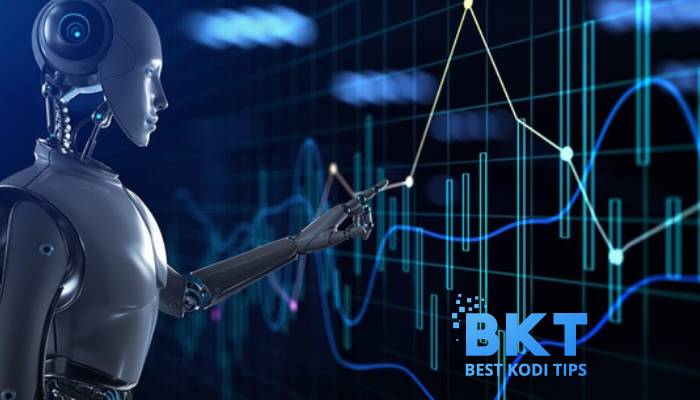


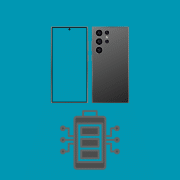

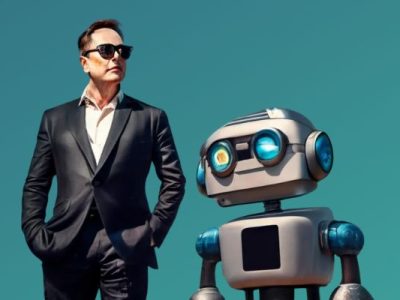

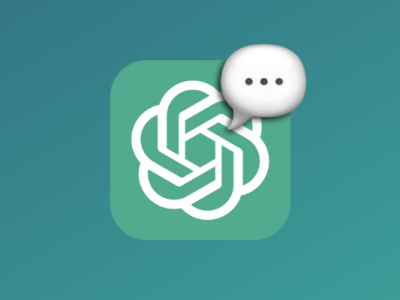

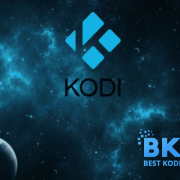




Comments